23 results found thermal conductivity
Thermal Conductivity
The ability of a material to conduct heat.
Thermal Conductivity
The ability of a material to conduct heat.
Thermal Conductivity
The ability of a material to conduct heat.

New cork solutions to protect electric vehicle batteries
Cork’s low density with its reduced thermal conductivity and resistance to high temperatures, make it ideal for the development of components for EV batteries. In addition, cork’s cushioning and sealing capacity makes it suitable for various applications, inside and outside the battery.

Excellent Thermal Insulation
The air inside the cells makes it an excellent insulator, leading to very low thermal conductivity, over a wide range of temperatures.
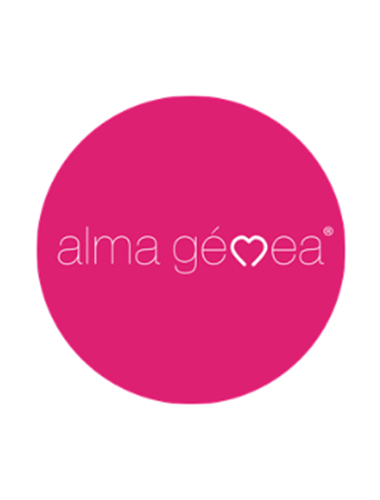
Excellent Thermal Insulation
The air inside the cells makes it an excellent insulator, leading to very low thermal conductivity, over a wide range of temperatures.
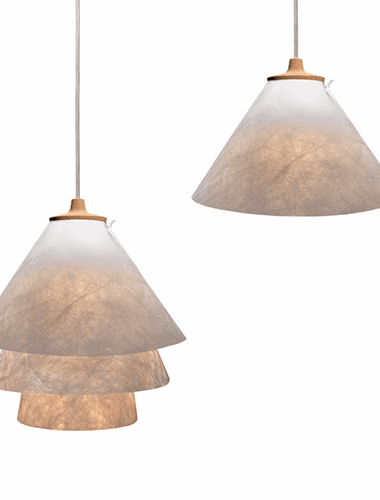
Pinha
Cork's low thermal and electrical conductivity ensures that you can handle the lamp shade in perfect safety.

Thermal Insulation
ACM52 structure has a low thermal conductivity of 0,065 W/mºK across a wide temperature range, resulting in energy savings and reduced condensation. This attribute enhances passenger comfort like no other primary decking material.

Thermal insulation
ACM30 and ACM52 structure have a low thermal conductivity of 0,065 W/mºK throughout a wide temperature range, resulting in energy savings and reduced condensation. This attribute contributes to passenger comfort like no other primary decking material.

Why does cork have great potential in the energy sector?
The main characteristics of cork that we can highlight for application in the energy sector, include its negative contribution in terms of CO2, its resistance to extreme temperatures, chemical compatibility and low thermal conductivity, its resilience, and damping properties.

2. Thermal insulation
In addition to the acoustic benefits, cork also has an excellent thermal resistance. The air in this raw material’s cellular structure acts as a natural insulator, ensuring the material’s low thermal conductivity. When compared to other Heavy Mass Layer materials, such as bituminous materials, cork has a higher resista…

What is cork made of?
Cork consists of suberin cells in the shape of tiny pentagonal or hexagonal honeycombs, a complex fatty acid and filled with an air-like gas, which makes up 90% of its volume. It possesses an average density of around 200 kg/m3 and low thermal conductivity.

intro (1)
Given its unique cellular structure, cork has a high shock-absorption capacity and thermal conductivity. These characteristics, together with a natural texture and appearance, make cork infills a non-aggressive solution for players, guaranteeing system performance and reducing wear and tear.

Cork at the service of wind energy
The wind power sector is one of the areas that benefits from the lightness and low thermal conductivity of cork to ensure the proper functioning and durability of energy production structures. Cork is applied to the large blades of wind turbines to prevent damage caused by the structural vibration of the equipment. It…

Natural beauty
The solution guarantees good safety conditions: the flooring’s frictional force prevents users from slipping and the product’s elasticity helps protect knees when walking and increases safety by alleviating impacts from falls. Since it has low thermal conductivity, the solution reduces the phenomenon of creating urba…
Cork solutions for a more sustainable energy sector
Its negative carbon footprint, low thermal conductivity and sealing capacity, together with resistance to extreme temperatures and a high damping capacity are characteristics that make cork a raw material with enormous potential for this sector. From electric mobility to wind and solar energy, Amorim Cork Composites e…
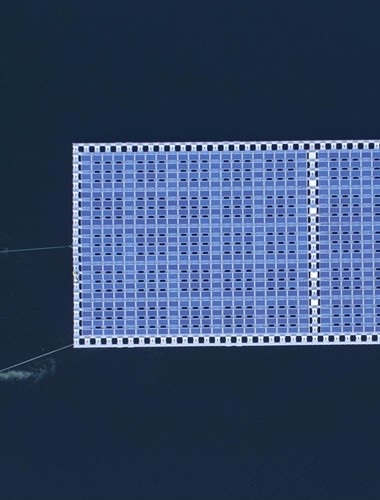
ARA Quote
“Cork has been used in the energy market for a long time, but its potential is now more evident than ever. From solar energy and wind energy, to electric mobility, the ambition is, in the medium term, to make this sector one of the main pillars of growth for Corticeira Amorim in the area of composite materials,” says…

One of the main challenges that the electric vehicle industry faces is to find sustainable materials to incorporate into their designs, in o…
Amorim Cork Composites has now launched an innovative range of multilayer systems that combine cork with other materials - such as mica, foam or aerogel - to create more sustainable, high-performance solutions. Cork is a 100% natural, reusable and recyclable material, and from an environmental, social or economic persp…
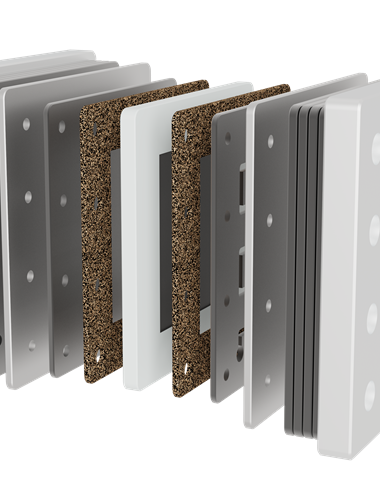
Amorim Tech Seal range meets the sealing requirements of electrolysers
The Amorim Tech Seal range consists of cork composite solutions that have been specially developed for sealing different types of gases. Cork's cellular structure, which is closed and filled with air, offers advantages for such applications since it endows the system with low thermal conductivity and good acoustic perf…
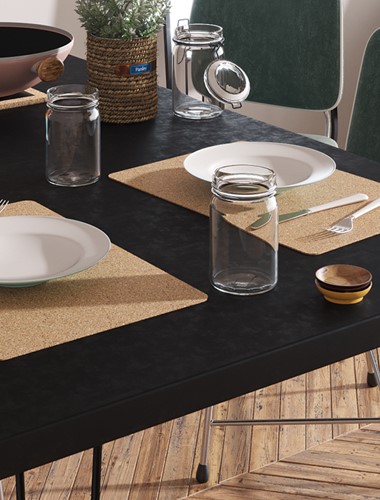
text 2
A more comfortable home, day after day Once the work is finished, the cork won’t be visible but you’ll feel its benefits every day. Cork’s low thermal conductivity and ability to store heat and release it little by little will prevent your home from overheating in summer days and help maintain a pleasant indoor tempera…

Characterization
The scope of the summary characterization is intended to highlight the performance in terms of safety, comfort, and durability of Alucork® panels.The basis of the characterization is a 20mm Alucork® panel and the typical requirements of end users, such as the national and international rules governing the passenger tra…
